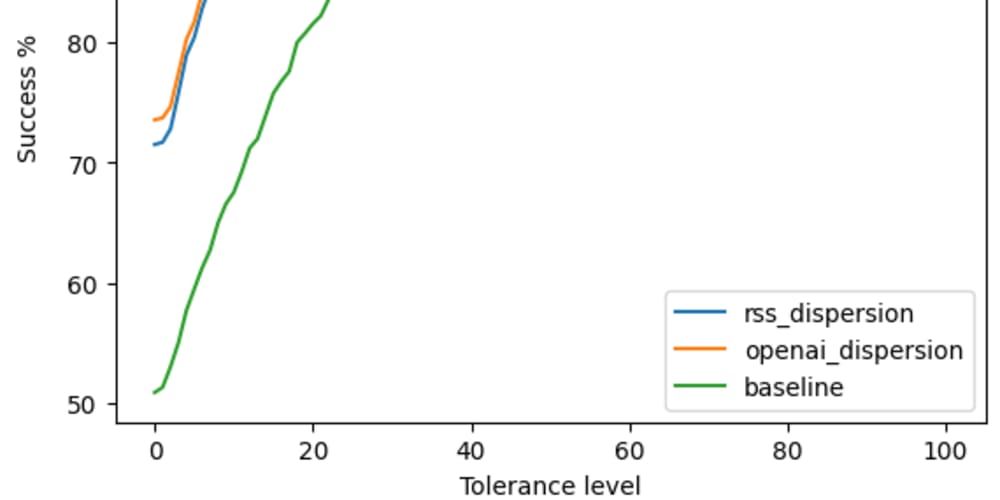<!DOCTYPE html>
Accelerating Open Source Impact: Harnessing the Power of Cloud Development
<br> body {<br> font-family: sans-serif;<br> line-height: 1.6;<br> margin: 0;<br> padding: 20px;<br> }</p> <p>h1, h2, h3 {<br> font-weight: bold;<br> }</p> <p>img {<br> max-width: 100%;<br> height: auto;<br> }</p> <p>code {<br> background-color: #f5f5f5;<br> padding: 2px 5px;<br> font-family: monospace;<br> }</p> <p>pre {<br> background-color: #f5f5f5;<br> padding: 10px;<br> overflow-x: auto;<br> }<br>
Accelerating Open Source Impact: Harnessing the Power of Cloud Development
Open source software has revolutionized the way we build and share technology. From operating systems like Linux to frameworks like React and web browsers like Chromium, open source projects have become the backbone of modern software development. As the world embraces digital transformation and cloud computing, the potential impact of open source is expanding rapidly. This article delves into how cloud development can be leveraged to accelerate the adoption, innovation, and impact of open source projects.
The Power of Open Source in the Cloud
The cloud offers a powerful platform for open source projects, enabling faster development, wider adoption, and greater accessibility. Here are some key benefits:
-
Cost-effective Infrastructure:
Cloud platforms provide on-demand access to computing resources, eliminating the need for upfront investments in hardware and infrastructure. This makes it easier for developers and organizations to contribute to open source projects without significant financial barriers. -
Scalability and Elasticity:
Cloud services can automatically scale resources up or down based on demand, ensuring projects can handle spikes in traffic and user activity. This scalability is crucial for open source projects that often experience sudden growth. -
Global Reach and Collaboration:
Cloud-based development environments facilitate collaboration among developers worldwide. Teams can work together on projects, regardless of their physical location, leading to faster development cycles and a diverse range of perspectives. -
Continuous Integration and Delivery (CI/CD):
Cloud platforms offer integrated CI/CD tools that streamline the build, test, and deployment processes. This enables rapid iteration and frequent releases, ensuring open source projects are updated and maintained effectively. -
Community Engagement and Openness:
Cloud-based platforms provide readily available tools for community engagement, such as issue trackers, discussion forums, and documentation platforms. This fosters collaboration and allows developers to contribute to projects easily.

Key Concepts and Techniques
To effectively leverage the power of cloud development for open source projects, certain key concepts and techniques are essential:
Containerization
Containerization
Containerization, using technologies like Docker, allows developers to package applications and their dependencies into isolated containers. This ensures that the software runs consistently across different environments. Containers are lightweight, portable, and can be easily deployed on cloud platforms.

- Microservices Architecture
Microservices architecture breaks down large applications into smaller, independent services. Each service focuses on a specific functionality and can be developed, deployed, and scaled independently. This modularity makes it easier to maintain and evolve open source projects.

- Serverless Computing
Serverless computing allows developers to run code without managing servers. Cloud providers handle the underlying infrastructure, automatically scaling resources based on demand. This approach simplifies development and reduces operational overhead.

DevOps practices, such as continuous integration, continuous delivery, and infrastructure as code, automate and streamline the development and deployment processes. This enables faster release cycles and ensures that open source projects are updated and maintained efficiently.

Step-by-Step Guide: Building an Open Source Project on the Cloud
Let's create a simple example to illustrate how to build an open source project on the cloud using AWS (Amazon Web Services). We will build a basic website using Flask (a Python web framework) and deploy it to AWS Elastic Beanstalk.
Create a new directory for your project:
mkdir open-source-project
cd open-source-project
Initialize a Python virtual environment:
python3 -m venv env
source env/bin/activate
Install Flask:
pip install Flask
- Create Flask Application
Create a Python file (e.g., app.py) with the following code:
from flask import Flask
app = Flask(name)
@app.route('/')
def index():
return 'Welcome to the open source project!'
if name == 'main':
app.run(debug=True)
<h3>
3. Configure AWS Elastic Beanstalk
</h3>
<p>
Create an AWS account and navigate to the Elastic Beanstalk console.
</p>
<p>
Click "Create new application" and provide a name for your application (e.g., open-source-project). Select "Python" as the platform and "64bit Amazon Linux 2" as the environment tier.
</p>
<p>
Create an S3 bucket to store your application code.
</p>
<h3>
4. Deploy Application
</h3>
<p>
Zip your project directory (including the app.py file) and upload it to the S3 bucket you created.
</p>
<p>
In the Elastic Beanstalk console, select your application and click "Create new environment." Choose your S3 bucket and specify the zip file location.
</p>
<p>
Elastic Beanstalk will automatically build, deploy, and configure your application, making it accessible via a URL provided in the console.
</p>
<h3>
5. Continuous Integration and Delivery
</h3>
<p>
To automate deployment and updates, you can integrate CI/CD tools like GitLab CI/CD or Jenkins. These tools can be configured to automatically build, test, and deploy your code to Elastic Beanstalk whenever changes are pushed to your repository.
</p>
<h2>
Conclusion
</h2>
<p>
Cloud development empowers open source projects to reach new heights. By leveraging containerization, microservices, serverless computing, and DevOps practices, developers can create and maintain open source projects more efficiently, fostering wider adoption and greater impact. This article has explored the key concepts and techniques involved in building and deploying open source projects on the cloud, providing a foundation for developers to embark on their open source journey. As cloud technology continues to evolve, the opportunities for open source innovation and collaboration will only grow, making the future of open source truly exciting.
</p>
</p>
</p>
</p>
</p>
</body>
</html>


















